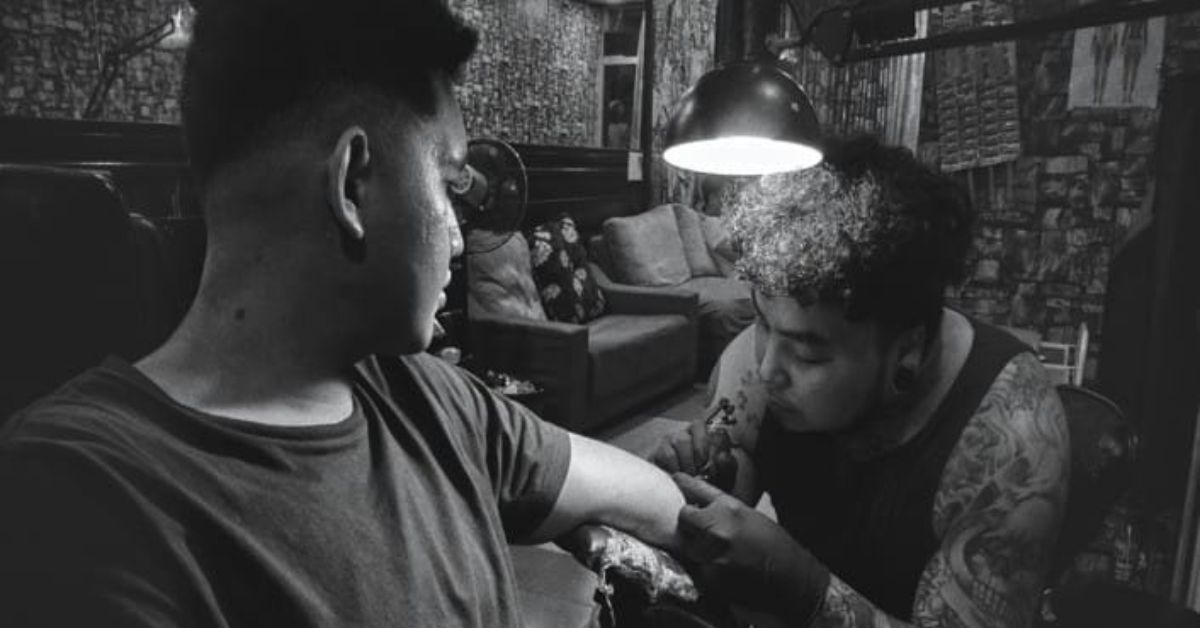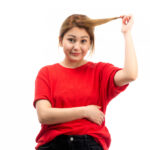Tattooing has evolved significantly over time, introducing more comfortable and safer procedures for clients while expanding the artistic possibilities. Each tattoo technique brings its own set of advantages and limitations, so it’s essential to understand them before getting inked. Choosing the right tattoo parlour is crucial to ensure you receive the technique that aligns with your artistic vision and expectations. In this post, we’ll explore the different tattoo techniques commonly used in modern tattoo parlours.
Traditional Old-School Techniques
The traditional or old-school tattoo technique is known for its bold black outlines and a limited colour palette featuring red, green, yellow, and blue. This style typically involves simple designs with minimal shading and classic motifs like anchors, swallows, roses, and pin-up girls. These designs gained popularity in the early 20th century and have seen a resurgence in recent years as many modern tattoo artists embrace this historic and timeless style.
Realism
Realism tattoos are highly detailed, often using extensive shading and gradients to create lifelike portraits, animals, or nature scenes. These tattoos utilise a wide colour palette to achieve photorealistic effects. Realism tattoos usually require longer sessions and demand a high level of skill from the artist, making it essential to choose a professional with experience in this technique for the best possible result.
Watercolour
Watercolour tattoos mimic the look of watercolour paintings, making them ideal for abstract designs, floral patterns, and nature-inspired artwork. Since watercolour tattoos often lack black outlines and use blended colours, they can fade or blur faster than other styles. Retouching may be necessary over time to maintain the vibrancy and sharpness of the design. If you opt for this style, it’s important to understand that regular maintenance might be required.
Blackwork
Blackwork tattoos focus on bold black lines and solid black areas to create intricate patterns, geometric shapes, and mandalas. Since black ink lasts longer than most colours, blackwork tattoos are known for their durability and long-lasting appearance. This technique is particularly favoured by those who prefer bold, monochromatic designs with clear, sharp lines.
Neo-Traditional
Neo-traditional tattoos build on the classic old-school designs but add modern techniques to create more intricate and detailed artwork. This style is perfect for those who want complex designs, such as mythical creatures or elaborate portraits, that require a broader colour palette and refined shading. Neo-traditional tattoos often require longer sessions and a highly skilled artist to execute the intricate details effectively.
Japanese
Japanese Irezumi tattoos are deeply rooted in cultural symbolism, with motifs like koi fish, dragons, samurais, and cherry blossoms being popular choices. These tattoos are often large, covering significant portions of the body, and feature vibrant colours and harmonious details. Opting for a Japanese tattoo involves respecting the cultural origins and meanings behind the designs, making it essential to choose a tattoo parlour with an artist who specialises in this traditional technique.
Dotwork
Dotwork is a tattoo technique that involves creating images and shading using small dots. It’s often used for geometric, abstract, or mandala-style designs, and can be combined with blackwork for added texture. While dotwork creates a unique, detailed appearance, it requires longer sessions and can test your patience and tolerance for pain, as the technique can be more time-consuming than other styles.
Tribal
Tribal tattoos are based on indigenous body art from various cultures around the world. These tattoos typically feature bold black lines and geometric patterns, creating a powerful and visually striking effect. When opting for tribal tattoos, it’s important to understand the cultural significance of the design to ensure you’re making an informed and respectful choice.
Summary
Selecting the right tattoo parlour is essential when choosing a tattoo technique that best fits your design vision. Whether you prefer the bold lines of traditional tattoos, the intricate shading of realism, or the vibrant colours of Japanese Irezumi, finding an expert artist is key to achieving a tattoo you’ll love. Research your options and make sure the parlour you choose offers a range of techniques and skilled artists to bring your design to life.










